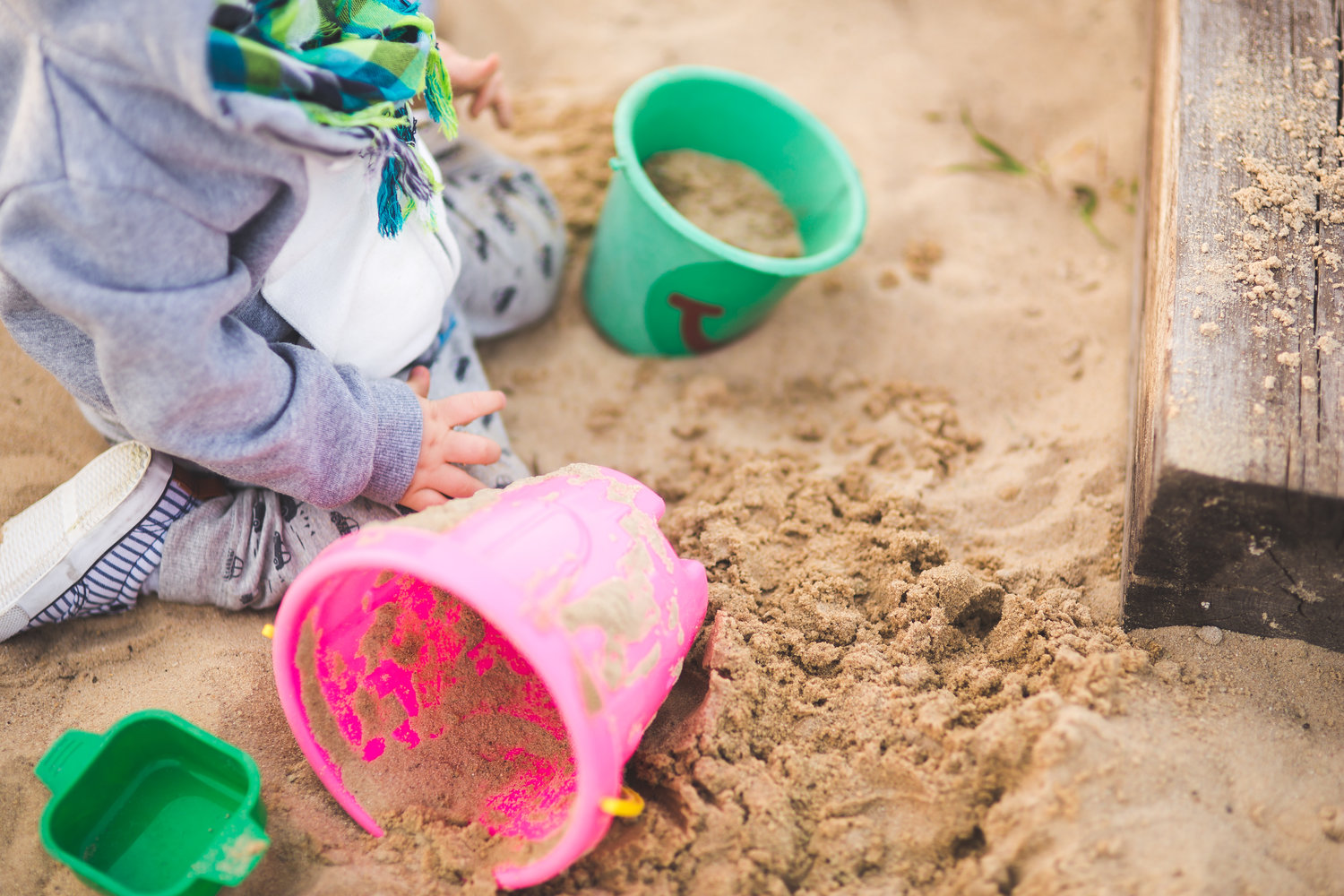This post is part confession. I have learned a lot about child development, but it has never been easy to watch my girls struggle socially. Although it was particularly hard my first trip through the toddler years, shifting to think about kids' social behavior as learning has helped me work with kids of all ages.
I can still recall my stress response after my two-year-old repeatedly and relentlessly grabbed a little boy’s prized truck, much to his dismay. I felt a rush of urgency to teach her how to make friends. I felt sadness and even a bit of shame. I hated thinking about what other kids or (let’s be honest) what other adults around the sandbox thought of her and of me. So, I rushed in, demanded she utter her best “sorry” and moved her swiftly to the swings.
I know better, though. I have learned so much from the families with whom I have worked and the wonderful thinkers I’ve read. Although not always successful, the following ideas have helped me give doing better my best shot:
How do kids develop social skills?
Although there are many great takes on this, Stanley Greenspan’s work has profoundly changed the way I think about social and emotional development. Greenspan thinks about development as gaining a series of capacities. These capacities increase in complexity, each building on the capacities that came before. For example, infants put out relatively simple cries and learn about how to get their needs met from the response they receive from caregivers. As young children grow, they become able to communicate more complicated ideas and start to learn patterns in how they and others react to situations and express feelings.
To Greenspan, children develop by opening and closing what he calls “circles of communication.” In other words, kids learn by putting language and actions out there and making sense of what responses come back to them. How does the person with whom I engage act when I give him a bit of my cookie? Say “I love you?” Or, take his favorite toy?
I like to think of the process as social trial and error. If we think about it this way, we can look at social missteps not as decisions to willfully disregard our adult expectations or, worse yet, attempts to harm other kids, but rather as attempts to learn. It’s a game changing shift in perspective.
How do we get comfortable with the errors?
Most of us really want our children to make good choices. But, kids can’t really do trial and error and get 100% of the trials right. It doesn’t work that way.
When kids make poor social choices, a parent's natural inclination is to rush in and cut short the interaction. It’s also very common to force a resolution (e.g. Say you are sorry). When we do either, though, we take away a child’s chance to learn from his or her experiment. Even worse, we communicate to kids that they need our help to resolve conflicts, which leaves them totally unprepared.
What about that poor boy in the sandbox?
Of course, I could not just let my daughter continue to torment another child. Parents do play an important role. We should let young children know what we expect in terms of behavior. But, we can try to act like a calm corner police officer who directs traffic. We are there to watch and intervene before things get dangerous, but we interrupt the flow as little as possible.
How can a parent handle such a situation?
- Give it some time: Wait a bit longer than you'd think to allow the interaction to play out. It’s hard, especially as the perpetrator’s parent. Nevertheless, try to let the kids find their own resolution. If they do, they’ll learn. (This is much easier when you are in a supportive and like-minded community of adults, so seek those out!)
- Step in calmly: If resolution is not coming, stay calm. Communicate through your tone of voice and body language that this moment is just part of life and learning—no crisis here. Your child will learn far more if you are not anxious.
- Narrate the scene: Mention what you notice. “Emma, I notice you keep holding onto your friend’s truck. And, I notice that he is very upset about that.” This gives Emma another chance to learn from her experiment.
- Share expectations: “When we share the sandbox, we don't want to make other friends feel sad or unsafe."
- Suggest a redirection: Ask if there is something else your child can do to fill her need. “Emma, is there another toy you can use? The truck belongs to our friend, but there are many toys and tools here in the park. Would you like to search for another one?” Give wait time. Repeat the idea. Young minds are slower to process and change course.
- If redirection fails, shift: If your little one is just not ready to move on from the unwanted behavior, intervene and teach. “Okay, Emma, I will help you until you learn how by yourself. Let’s give back the truck (you give back the truck). If we can’t keep our friend feeling safe in the sandbox, we can move on to another part of the playground. Would you rather play on the swings or on the climber?”
Again, in full disclosure, I am far from perfect at this, and I don’t suspect any of us ever will be. There is much promise, though, in reminding ourselves that kids not only deserve but need to falter with friends as we react to their oh so important mishaps. And, the work doesn't end at the sandbox. Kids social and emotional capacity rises and falls from day to day, even moment to moment. They deserve the chance to try and err for years to come.
